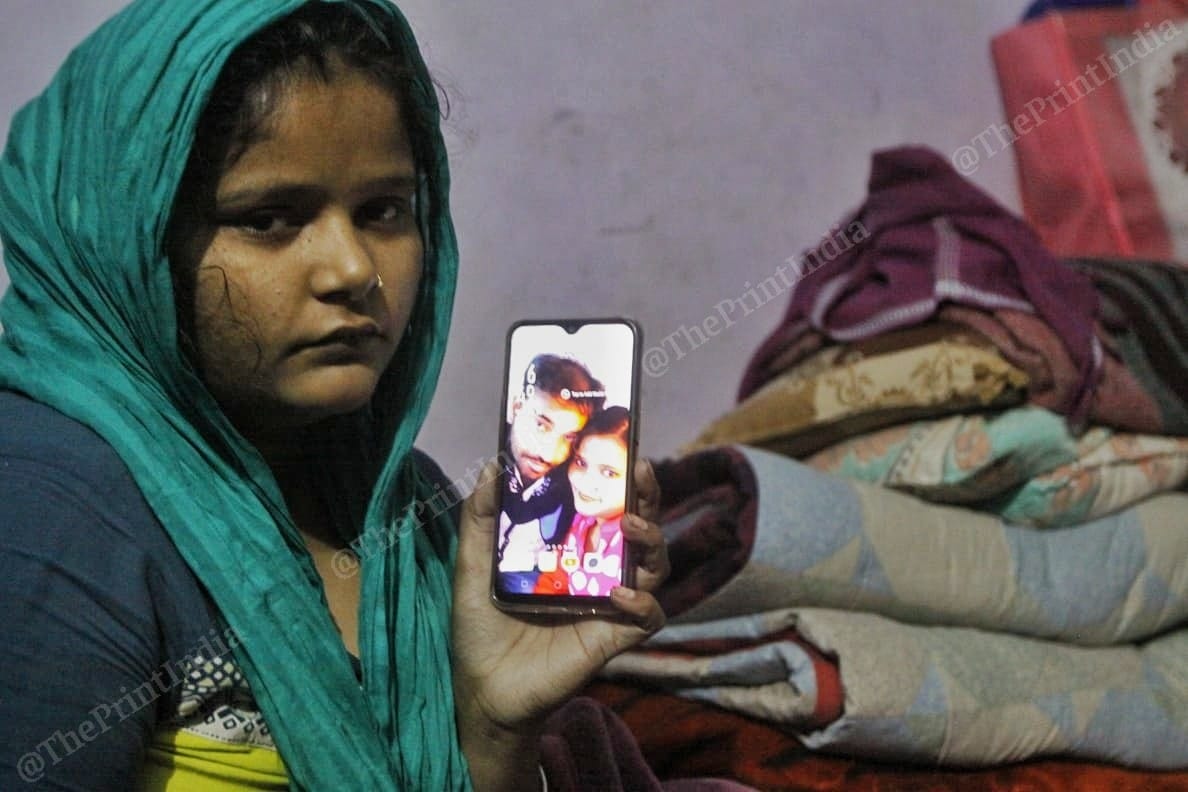A senior editor once told me that all journalism relies on the kindness of strangers. The words rang true as I arrived in Uttar Pradesh in December to cover the protests that followed Parliament’s nod for the controversial Citizenship Amendment Act (CAA).
In a state grappling with an internet shutdown amid widespread public protests, it was the generosity of strangers that helped me get my report out on time.
The difficult part
Nineteen people were killed in Uttar Pradesh in the protests against the CAA, which many see as discriminatory towards Muslims.
It was a Sunday when, accompanied by veteran news photographer Praveen Jain, I left Delhi for Uttar Pradesh, where we visited several families affected by the violence — from Bijnor, Muzaffarnagar and Meerut in western UP, through Lucknow and then Gorakhpur and Varanasi in the east.
One of the most difficult parts of a journalist’s job is to talk to families who have just experienced loss.
But challenging as it is, it’s our call of duty to ensure victims of such convulsions in history are not reduced to staid headlines that offer their deaths as a statistic.
Travelling through UP
The areas we visited ranged from remote places like Nehtaur in Bijnor to full-fledged cities like Meerut and Lucknow, the Uttar Pradesh capital. These are the areas that were worst affected by the violence.
Initially, many families were hesitant to speak to us. Many, in fact, slammed the doors on our faces, saying they won’t speak to “godi media”, a moniker reserved for media portals seen as submissive to the ruling establishment.
Their reluctance wasn’t surprising since the people swept up in the first rounds of arrest were still in jail or had just come out. The families feared speaking to the media would invite the police’s wrath.
This got easier on our subsequent stops. Some of our reports had already been published and they served as proof that our work had no slant. They helped us prove we were just there to tell their stories, with no judgement.
Getting it right, fast
The mental rigour that it takes to cover violence is not to be made light of. When you’re in the field, your only objective is to get the story — get it right and get it fast, with due respect to those it’s about.
You want to work like a well-oiled machine — anything that can slow you down needs to be thrown out of the system.
This not only involves checking and re-checking facts for accuracy, but also spending enough time with the subjects of the story to ensure you make an honest attempt to understand their situation.
A UPSC aspirant & a young father
Our first stop was Nehtaur in Bijnor, where two men in their 20s had died in the anti-CAA protests and at least 131 had been arrested.
While it was initially unclear whether they were killed in firing by protesters or police, Bijnor police later admitted responsibility for the death of Mohammed Suleiman, 20, one of the two victims.
Suleiman, 20, was a UPSC aspirant. The other man killed — 21-year-old Anas — was father to a toddler who completed seven months the day after he died. I spoke to both families about their loss, but I couldn’t immediately file the report for publishing. In the throes of protest, UP had suspended the internet in several areas, including Bijnor.
But the kindness of strangers came to my rescue. A kind soul decided to drive me on his bike to the headquarters of a local news channel — 20 kilometres outside of Bijnor — that had some internet connectivity, while our car followed.
He had no reason to help us, but he did. The news channel didn’t have to lend us their internet either, but they did. Moments like these stay with you.
A love story cut short
In Lucknow, we met the family of 32-year-old Mohammad Wakeel, another victim of the violence.
Wakeel is survived by his wife Shabeena, a Hindu woman who converted to Islam before their marriage a year ago. However, the fact that theirs was an inter-faith marriage wasn’t something the family thought worthy of mentioning.

It was only when I asked her name that I discovered this — while she replied “Shabeena”, her sister said “Savita”. The latter then added she “goes by both”.
Photos from after their wedding showed Shabeena wearing the chura — the red bangles traditionally worn by married Hindu women in north India. Wakeel, she said, never stopped her from following any religious practice.
Farewell, with a dinner & a shawl
Our next stop was Gorakhpur, from where reports of widespread arrests were pouring in. There had been no deaths here but there was fear among residents.
Despite all the stress, however, people in Gorakhpur were as generous and kind as the other places we had visited. Our local contact, Kausar bhai, and his friends took us for dinner [see lead image] after helping us the entire day. As we parted ways, he gifted us a warm, beautiful shawl made in Gorakhpur.

